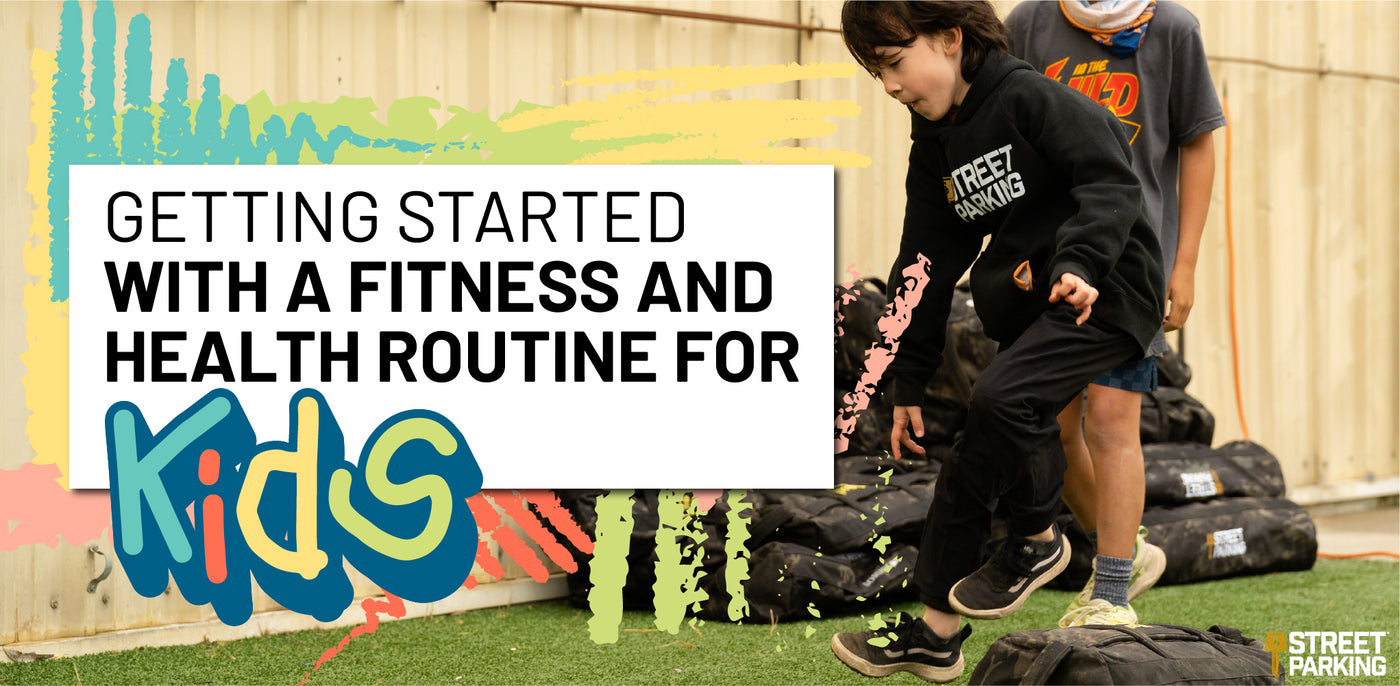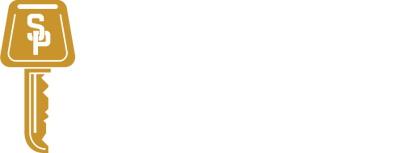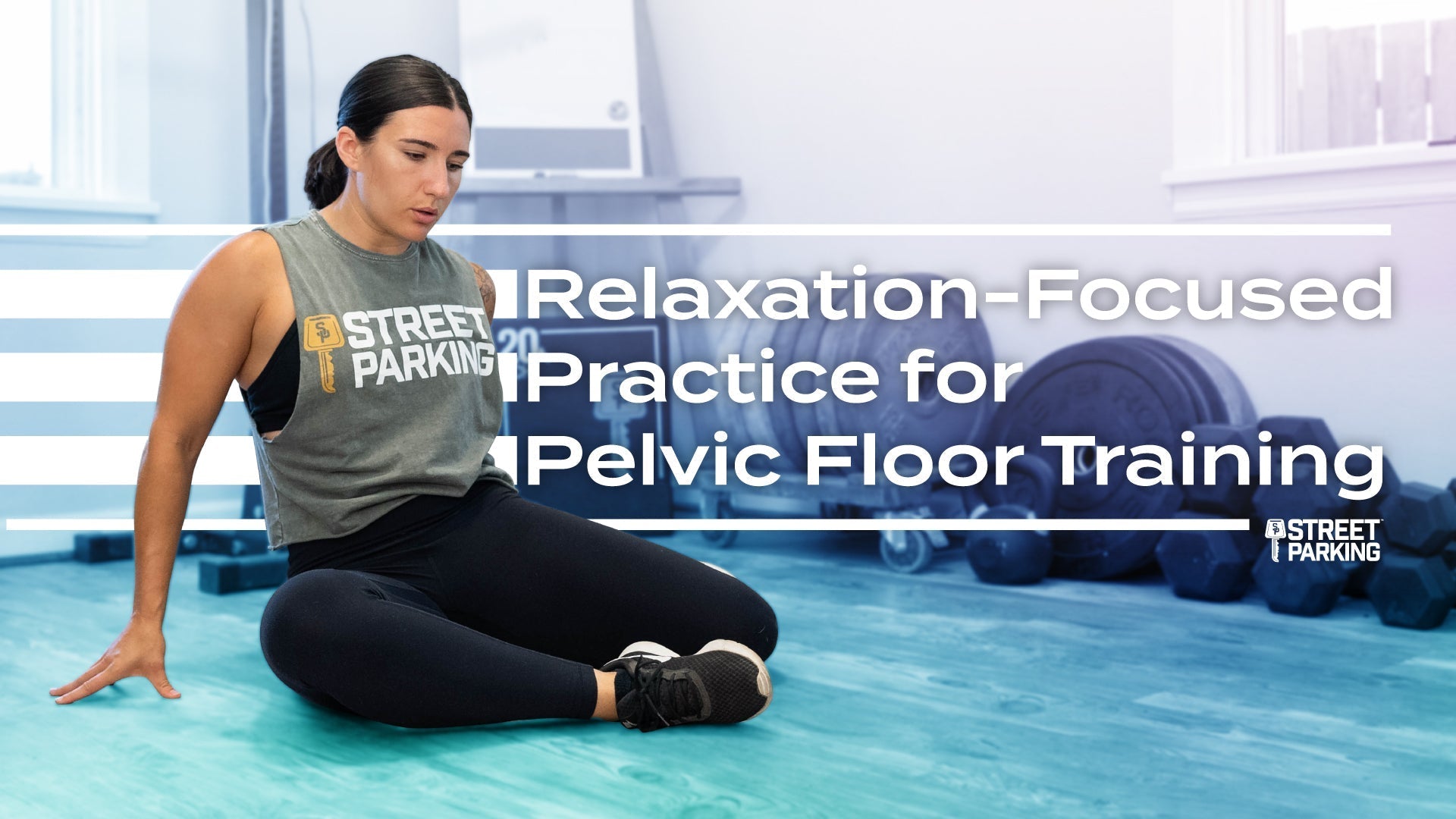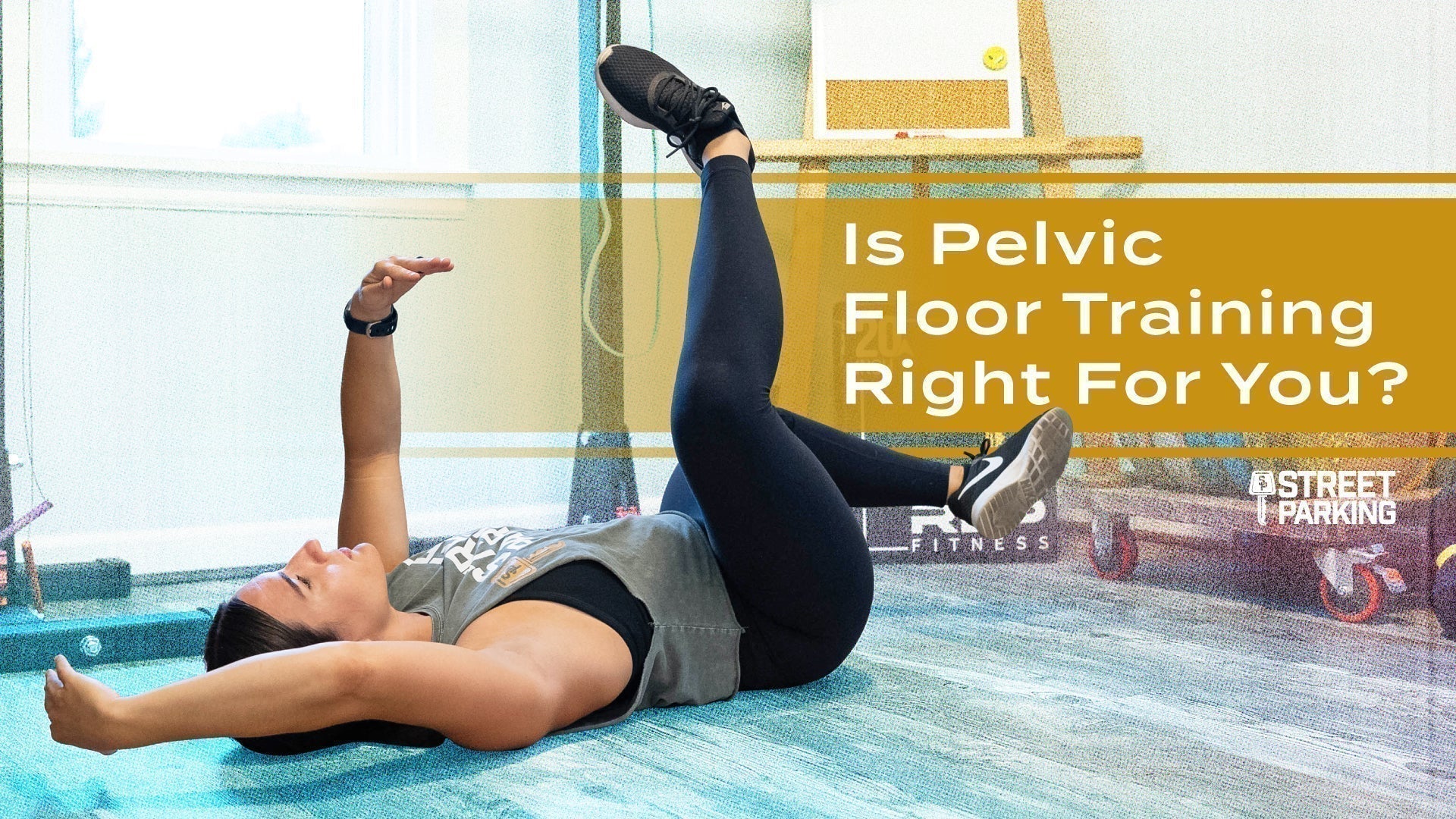
Rather Listen?
*Check the MILESTONE CHART for general developmental milestones to help in your implementation of activities.
“You cannot make people learn. You can only provide the right conditions for learning to happen.” – Vince Gowmon
STAGE: Building and Development
GENERAL AGE RANGE: 5-12 years old
*Keep in mind age is just a starting factor. Some kids may be less experienced, less mature, have different abilities, delays, etc. that would fall into this category when considering approach to fitness and wellness.
ATTENTION SPAN: A generalized trick for this is:Age of the child x 2 or 3 = Length of attention span. If they are 5 years old, a typical range would be 5-10 or up to 15 minutes; if they are 6, a range of 6-12 or up to 24 minutes… etc. *This can change due to motivation and interest in a task, fatigue, or even time of day.
MOVEMENT TYPES: Bodyweight, gymnastics, weightlifting, sport specific.
Specifcially: Simple movements (think one direction movements — squats, press, deadlift, pull-up) as well as more complex movements (think multiple directions or skills — snatch, clean and jerk, muscle ups) still with the ability to focus on points of performance or broken down versions of movements.
IMPLEMENTS: Fun, lightweight implements (ex. cones, balls, ropes); light loads (ex. kettlebells, dumbbells, medicine balls, slam balls, sleds, sand bags, PVC pipes).
TEACHING METHOD: Show and tell, shared attention, imitation, kinesthetic learning (learning by doing), auditory learning (talking about something first), visual learning (demonstrations or written content use, ex: whiteboard).
This age group is a group that generally has already been exposed to some type of fitness, whether they have participated themselves, learned about it, or watched others during their preschool discovery and exploration years. This stage is considered the building and developmental years. This stage is a longer stage with vast differences in ages: there can be huge differences in the low-end age of a 5-year-old compared to the upper-end age of a 12-year-old, but sometimes there is more similarity than readily apparent. This age group has many factors that can significantly impact the progress and participation in fitness-related activities [factors including gender, maturity, experience, motivations, skills, involvement in other activities, learning ability, growth both physically and mentally, to name a few].
You may have an 8-year-old that can move very well, mature and proficient enough to use a 10-pound dumbbell or 20-pound kettlebell, likes to push themselves hard, but also loves the fun aspect of peers and playing a game. You may get an 8-year-old who moves very awkwardly, is not motivated to move with great quality at all times, likes to be silly and speed through different movements, would use a dumbbell without maturity enough to handle it or good quality movement to back it, but has fun doing their movement for the day. Or maybe you have an 11-year-old who moves very well with bodyweight and light implements, shows maturity in moving a PVC pipe, and is beginning to learn barbell basics. All of these ranges of development and types of athletes are awesome — the important thing is to remember to meet them where they are at, have patience, and recognize that not everything has to be learned in one workout, one day, one week, or even one month. It can take and will probably take months and years to become proficient in movements, especially ones surrounding increasing weight and other complex movements.
Mentioned before in previous blogs about barbells, the same advice still stands — use other light-weighted implements first to build proficiency without barpath. Movement quality first, then intensity, then load but ONLY if the first two standards can still be maintained. The main reason for this is safety, but keep in mind: if the child hasn’t even developed proficiency in the skills to move their own bodies in certain ways, they aren’t ready to be in charge of themselvesplus another object, especially one that has a weighted load (and even more, a weighted load with bar path involved). This age group is approaching puberty years but most likely will not reach that point until the end of the age range; therefore, they will not have the same hormones as adolescents in puberty or who have already gone through puberty to build muscle and strength development. The general advice: Working on quality of movement and mastering bodyweight movements and light implements is where this group should be until that time.
This group's attention span is much greater than the preschool age group; however, keeping things simple and fun and motivating, as well as novel, can help increase attention time span. In general stick to AMRAPs and EMOMs so that you can control length and intensity. This does not mean programming for time activities is not an option, but just make sure scaling is done appropriately so the child is successful and able to complete in the intended time goal and intention.
Generally this group is going to be capable of more physically complex skills because their development is progressing. Some of these simple, general building-block physical skills they have been doing since the preschool years. Teaching approaches for this age group compare similarly to preschool in that show and tell, shared attention, and imitation all work great; however, this age group is developing skills to be able to listen and attend for longer as well as read. This means you can do some talking as well as incorporate occasional use of whiteboards with words or reps written down.
Developmental milestones: Physically this group should be increasing their visual motor and perceptual motor skills (throwing, catching, gauging where their body is in space). Activities with balls or obstacle course-style workouts will become easier and increased challenges can occur. Their balance becomes better, body ambulation movements easier (bear crawls, crab walks, skipping, hopping, jumping). Focusing on vestibular, impact loading, and heavy work are all going to be important to continue in this stage to help develop and maintain these skills into the next teenage stage and into adulthood. This can be lost without practice or at least be more challenging. As an adult, if you haven’t done somersaults in a while or crab walking/bear crawling, you know that this can become a challenge very quickly.
Cognitively, emotionally, mentally, and socially: this age group is growing so much. They are learning to see perspectives of others outside themselves and to learn right from wrong, rules and expectations, behavior control, rational thinking, reflection, understanding of space, numbers, and time, how to cope and regulate more effectively, and more. This age group finds importance in pleasing some adults (sometimes outside of parental units, like coaches and teachers) as well as their peers. Being liked and developing friendships become important, but this also brings the introduction of peer pressure. Peer pressure can come with good consequences (ex. pressure and encouragement to try hard in sports or a workout) as well as bad (ex. negatively pushing boundaries of what they know is wrong). They are wanting to gain some independence, and they pride themselves on successes and other situations that help build their confidence and self-esteem in all areas, but also specifically physically and socially. At this age, competition also can start to drive motivation. This time is essential for developing positive self-talk, a sense of responsibility, problem solving skills, growth mindset versus fixed mindset, and habits that will start to build their base for their entire life.
This age group is the time when kids can enter the world of sports, both team or individual. It will be important to figure out the balance of these added activities. This is a time in their lives to encourage sports — as adulthood arrives, these opportunities become less and less available. Sports can provide great opportunities to help kids develop essential skills as well as friendships. If the child is wanting to do fitness workoutsand sports, consider ways to encourage both while keeping things in balance. Fitness and workouts can supplement sports and help improve skills in areas, but also be cognizant of doing too much. Encourage the children to listen to their bodies; as their adult or caregiver, look for signs as well. Remember to teach rest, recovery, food for fuel, water intake, and other means of self care to help the athletes who are being very active in multiple areas.
For best success with this age group, the same advice applies as with the preschool age: follow the pillars FUN,SIMPLE,SUCCESSFUL, but also keep in mind patience, flexibility in changing the plan up, using their ideas and creativity to lead you, meeting them where they are at with positivity and high energy. Use workouts as templates as needed, changing the time or movements or intentions, etc., to just get started in discovering and exploring movement. Then when they reach our “teens” age group, you can challenge them more and start adding the barbell and load as appropriate.


